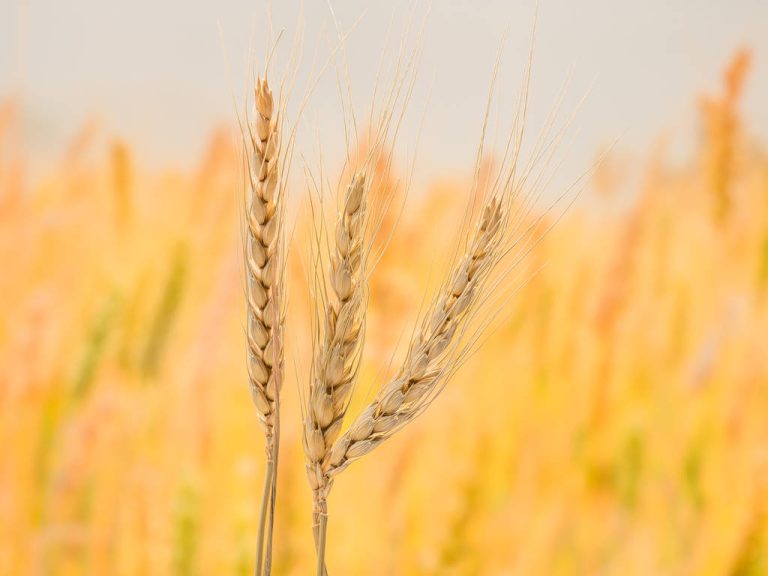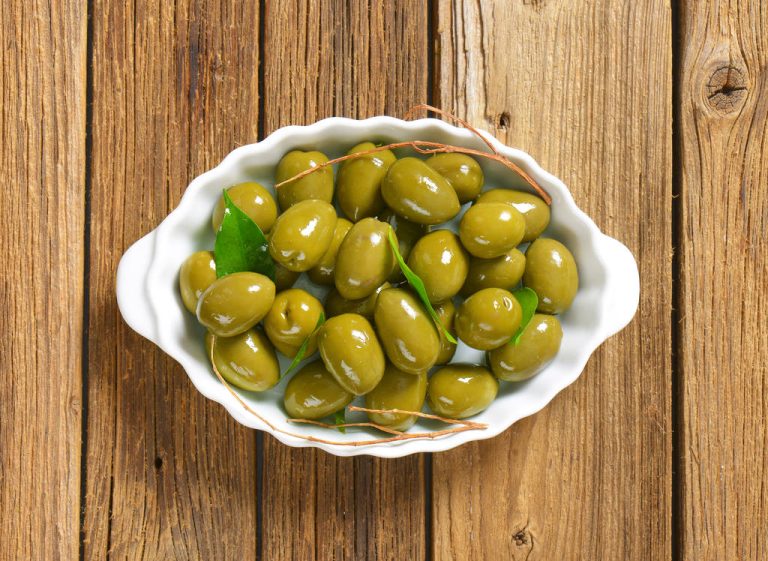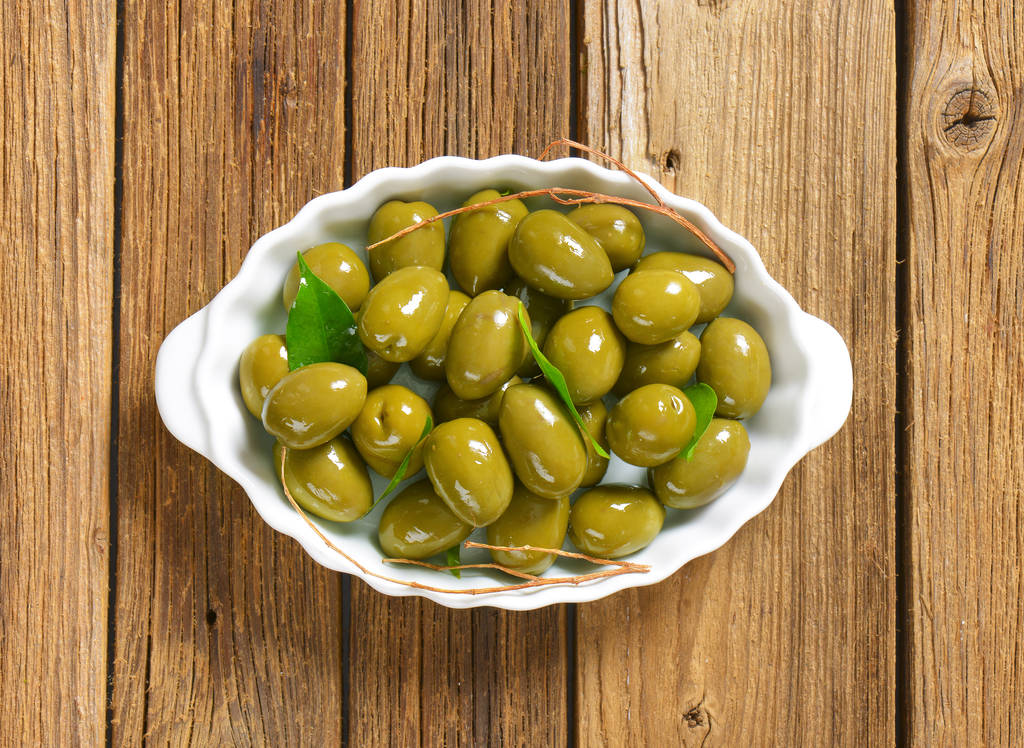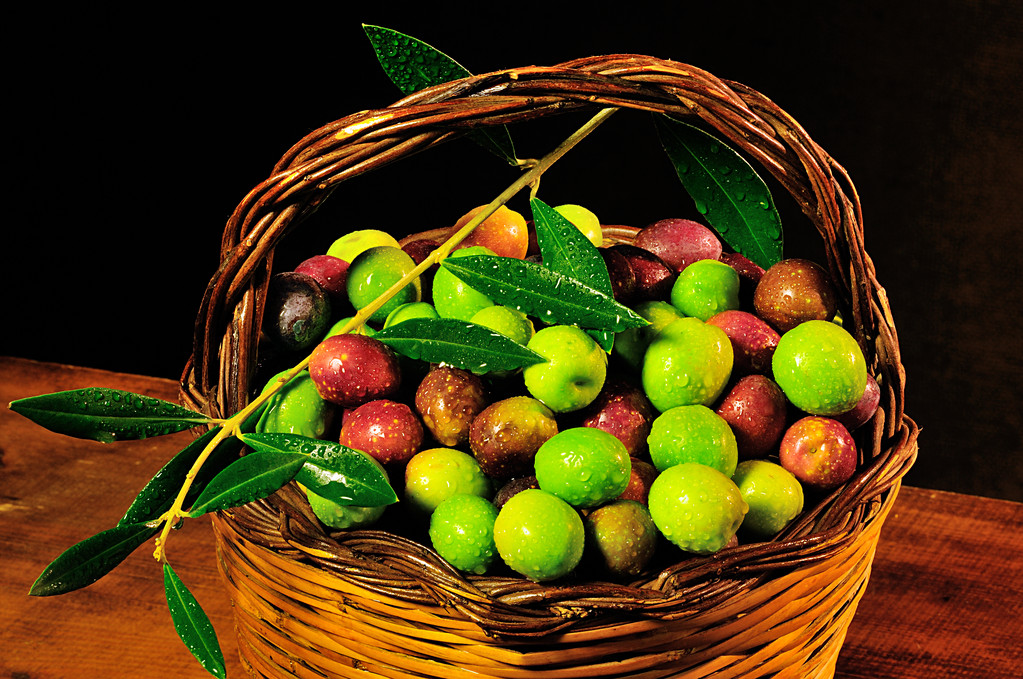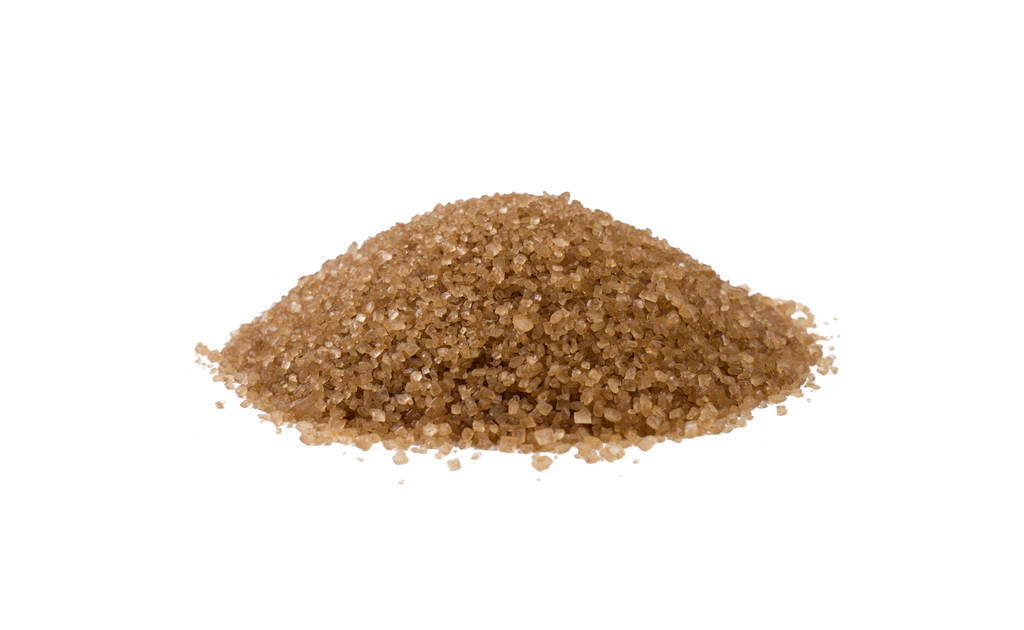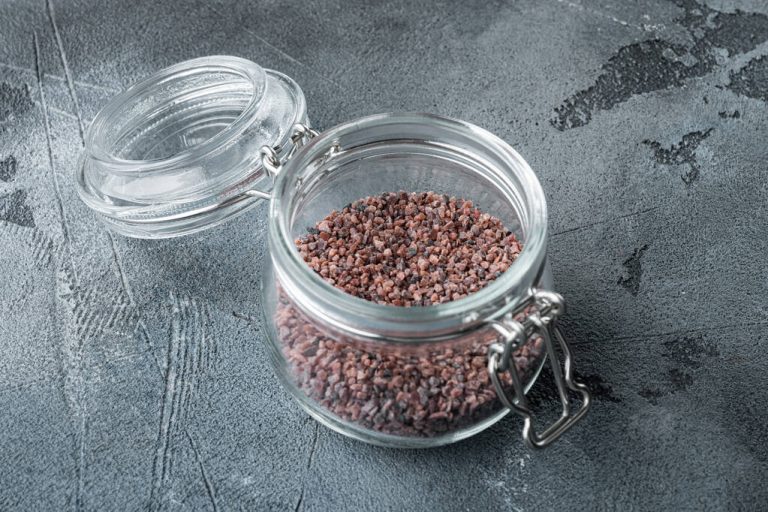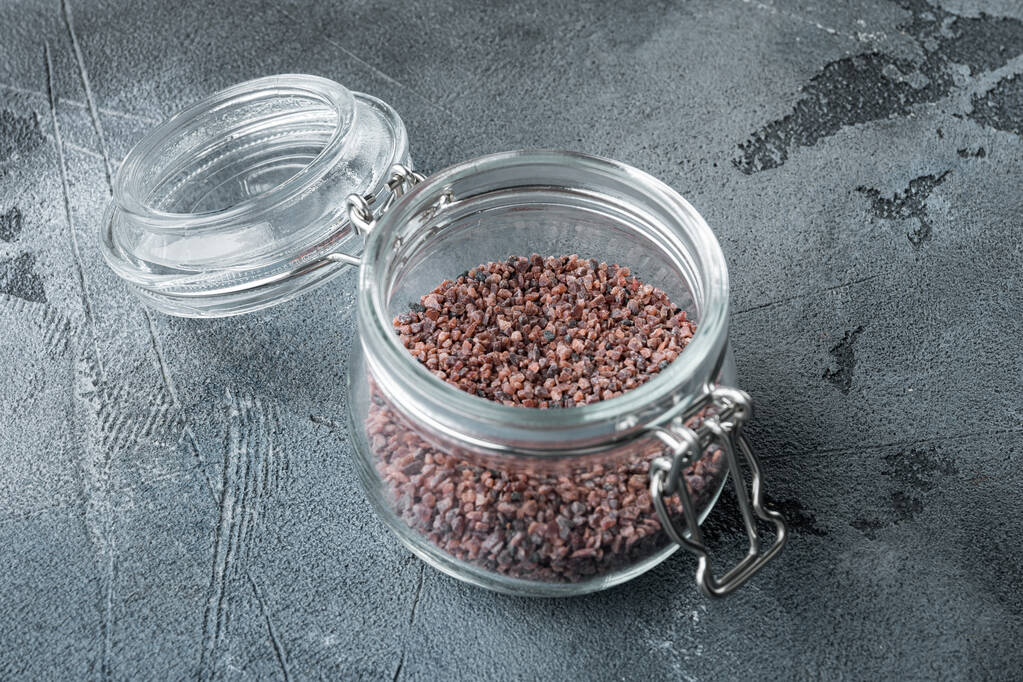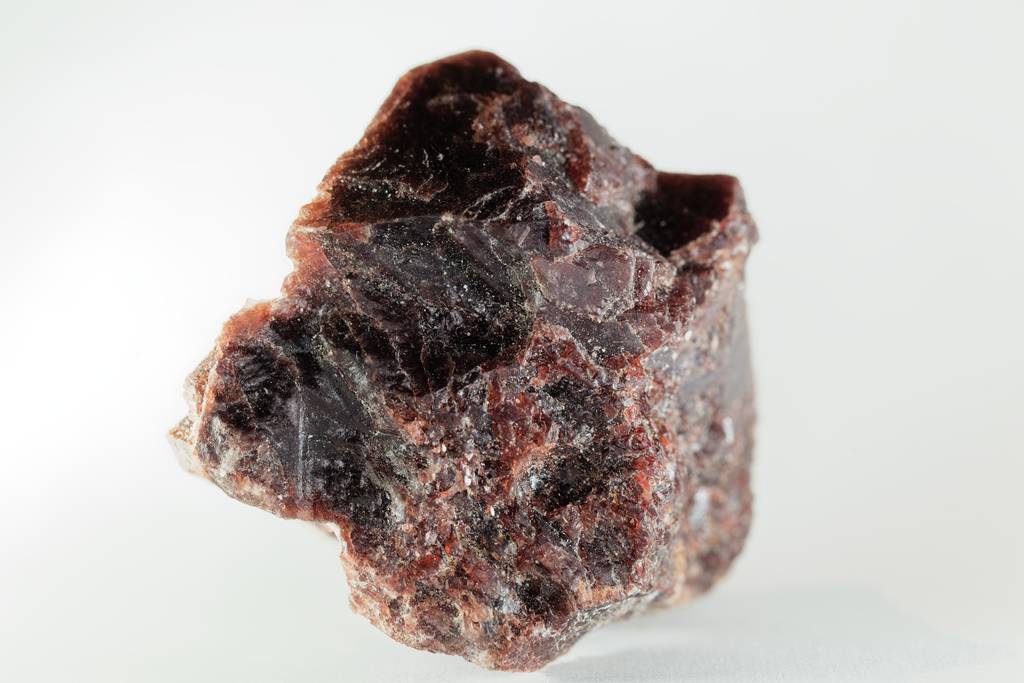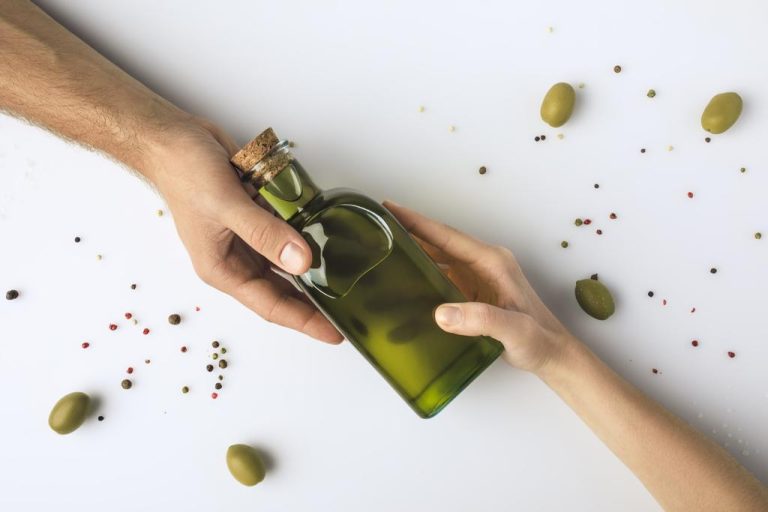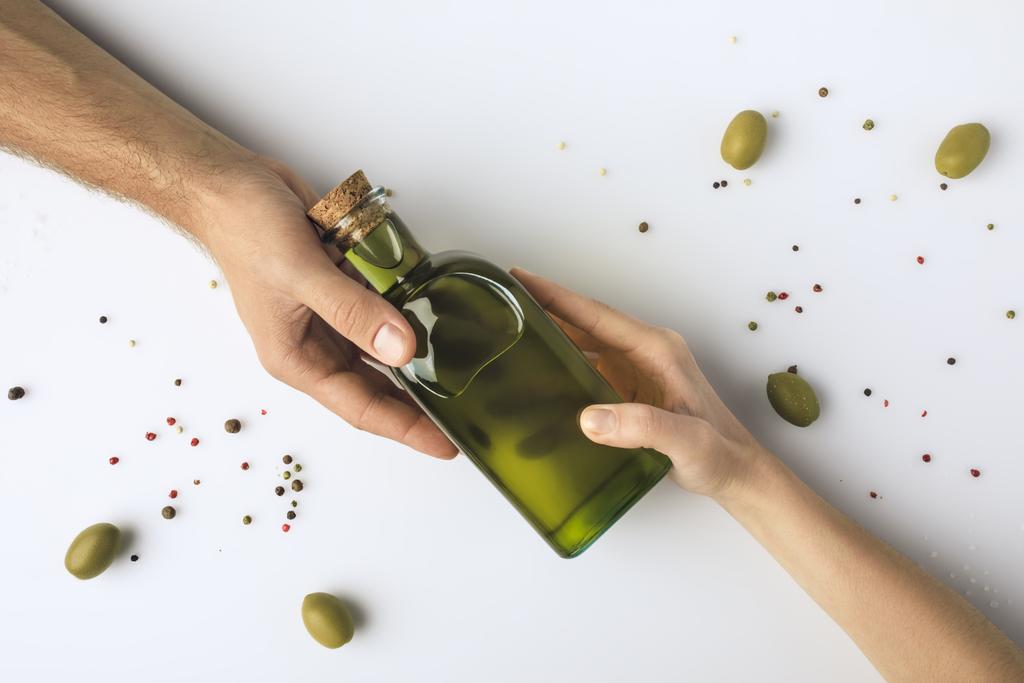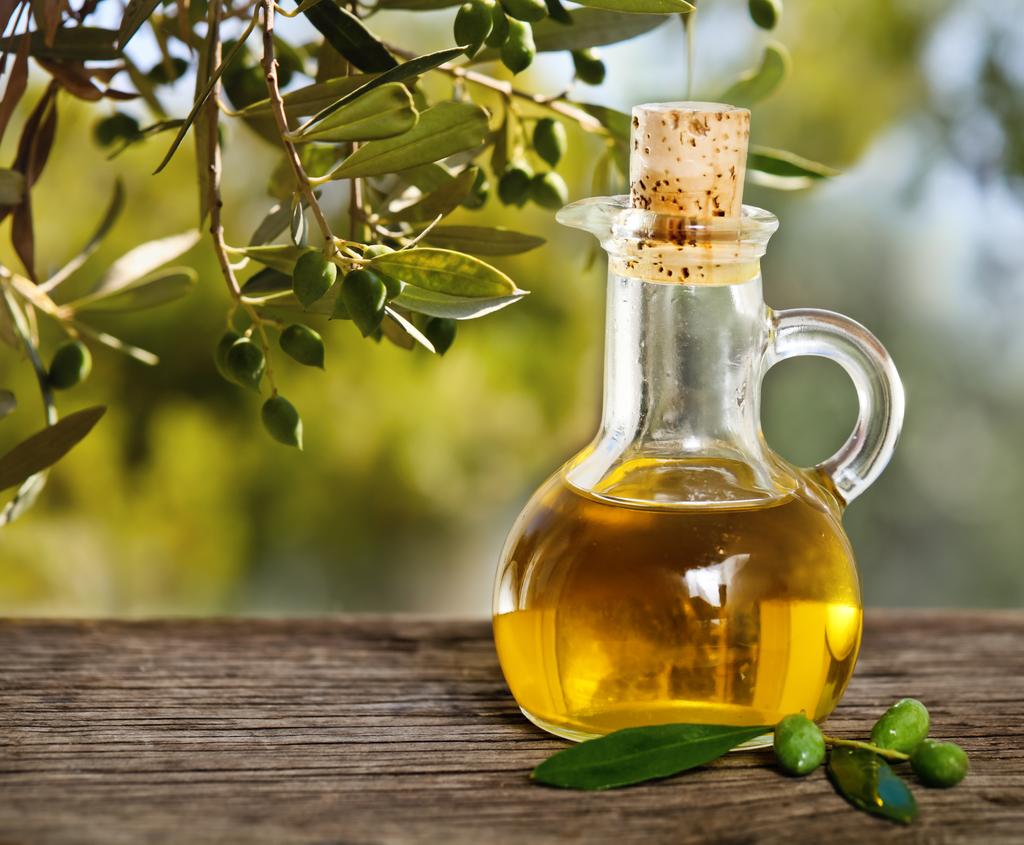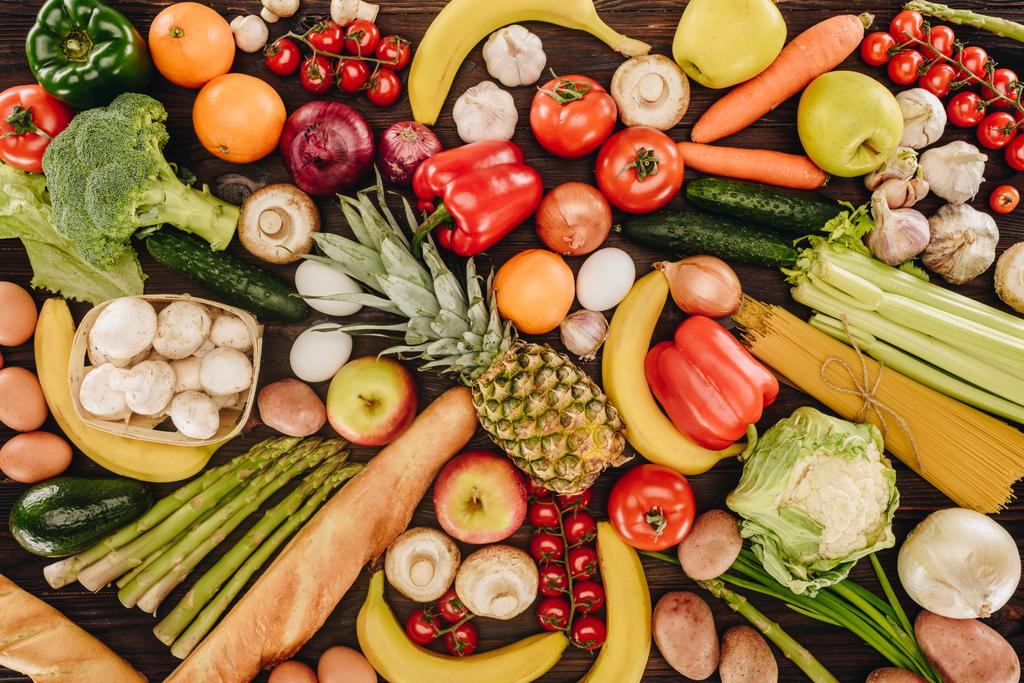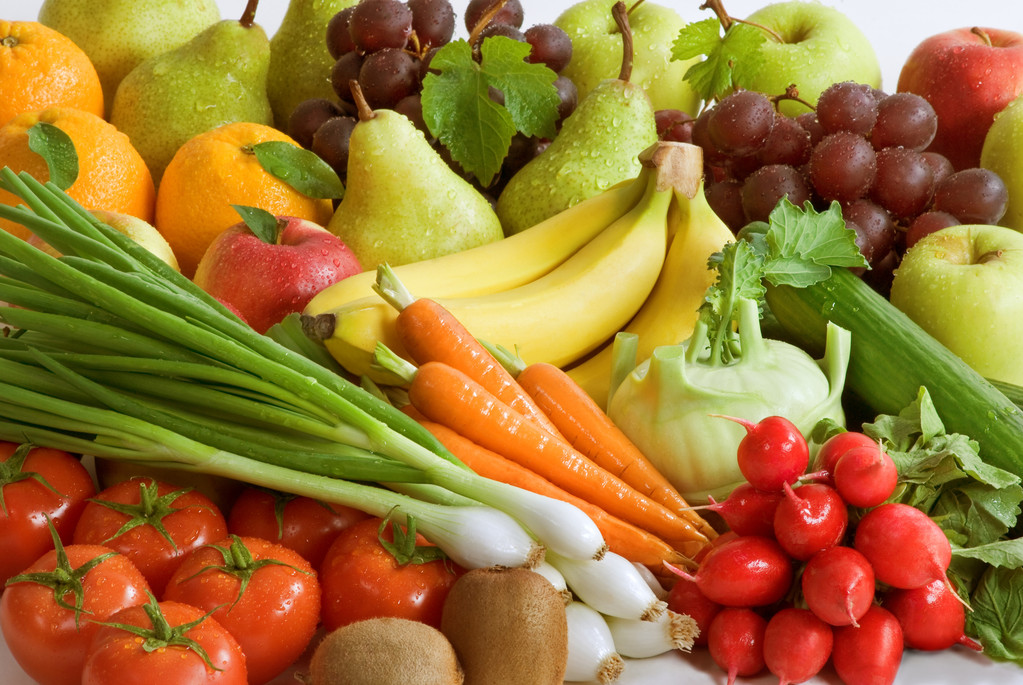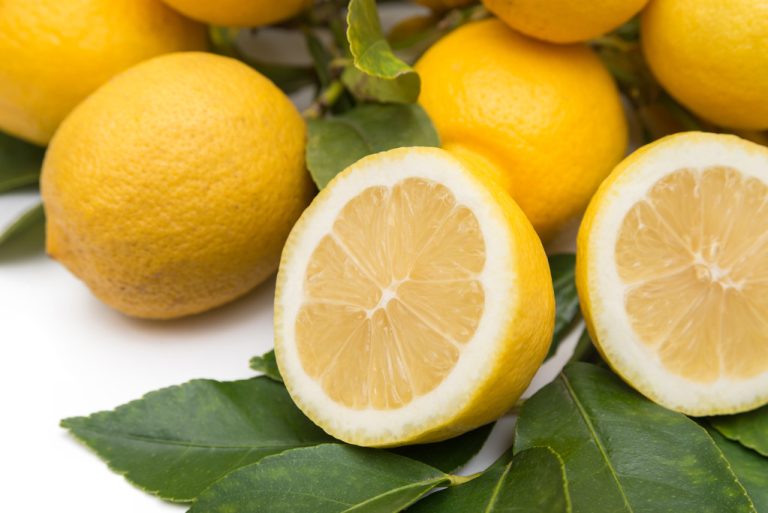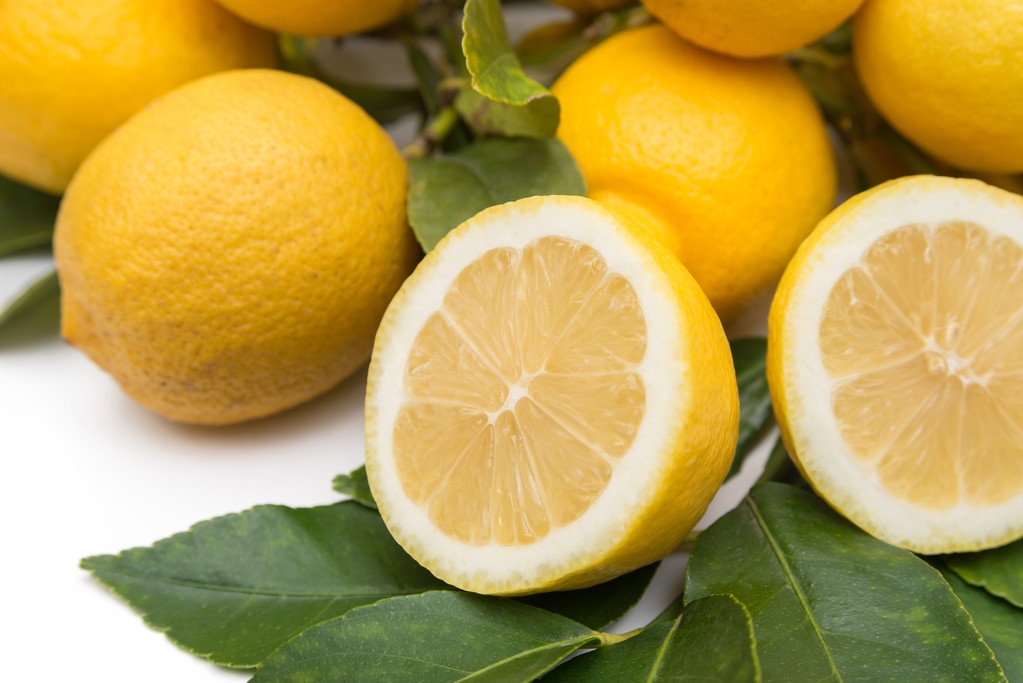Wheat germ is actually a waste product in flour production, but it is very healthy. You can find out here what advantages they bring to your health.
Wheat germ is a tiny component of ripe wheat grains. They are at the top and only make up about three percent of the total weight. Just like wheat bran, the sprouts are a by-product of flour production.
The germs are separated from the grains in a complex process. Since the sprouts are very oily, the flour would go rancid faster and have a shorter shelf life, so they are removed. Since wheat germ contains many valuable nutrients, it is stored, sold separately or processed into wheat germ oil.
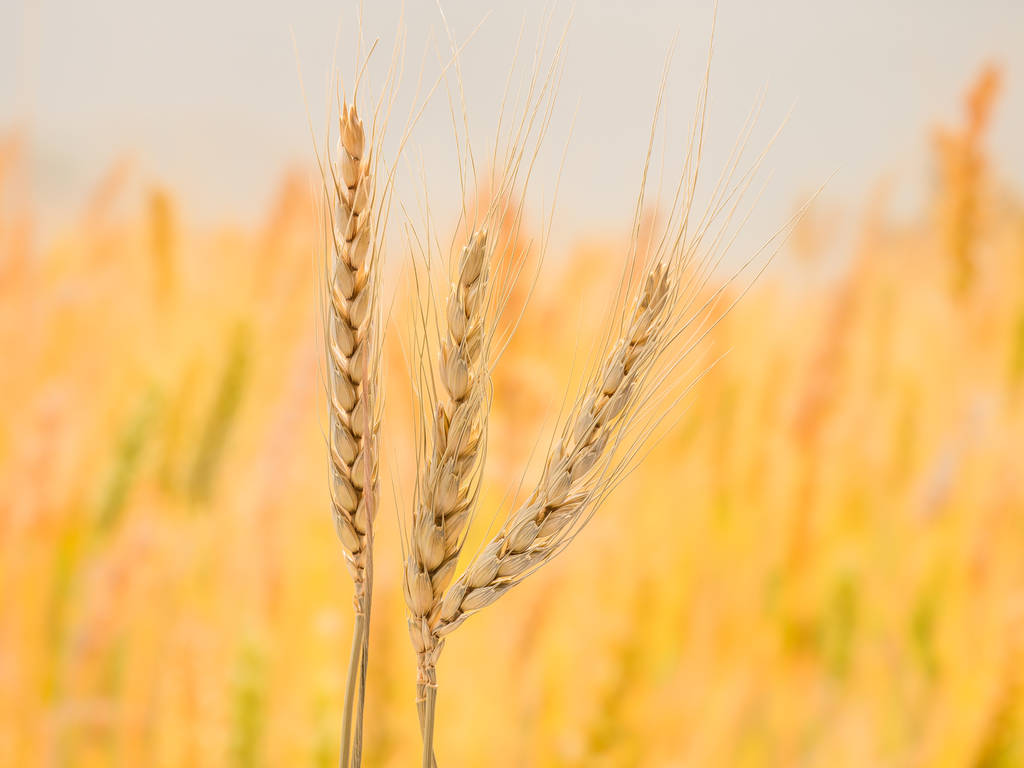
Wheat germ is so healthy
Wheat germ is particularly rich in vitamins, minerals, trace elements and amino acids. In addition, the protein-rich seedlings contain unsaturated fatty acids.
Wheat germ contains a particularly large number of these vitamins:
Vitamin B1: plays an important role in the functioning of our nervous system. If the vitamin is missing, depressive moods and poor memory can occur
Vitamin B2: also known as riboflavin, is relevant for the metabolic processes in the body
Vitamin B3: supports the energy metabolism and helps to absorb important nutrients from the diet
Vitamin B5: also known as pantothenic acid, is important for heart health, lung function and digestion. In addition, it is said to reduce stress and improve hair growth
Vitamin B6: important to strengthen our immune system and nervous system
Vitamin B9: the so-called folic acid. It supports blood formation, growth and the formation of new cells
Vitamin E: has an antioxidant effect and ensures that cells are protected from free radicals, which are involved in the development of various diseases. The German Society for Nutrition recommends that adults consume around twelve to 15 milligrams of vitamin E every day. Already 50 grams of wheat germ can cover this need
In addition, wheat germ is rich in important nutrients:
The seedlings contain valuable minerals such as:
Calcium: important for building and maintaining bones, teeth and muscles
Potassium: improves the functioning of muscles and nerves
Magnesium: ensures that muscles can work well
Phosphorus: is required for energy metabolism
It also contains the following trace elements:
Iron, which promotes oxygen transport in the blood
the antioxidant selenium
Zinc, which is also considered a beauty element.
Wheat germ also has these positive effects on your health:
A study indicates that regular consumption of wheat germ slows down the aging process.
The University of Graz found out in 2013 that the ingredient spermidine ensures that degenerative diseases such as dementia can be prevented.
Wheat germ is also said to have a positive effect on the gonads and thereby increase fertility.
Wheat germ is also a good source of vegetable protein. The proteins are particularly important for the smooth running of many bodily functions and play an important role in building muscles.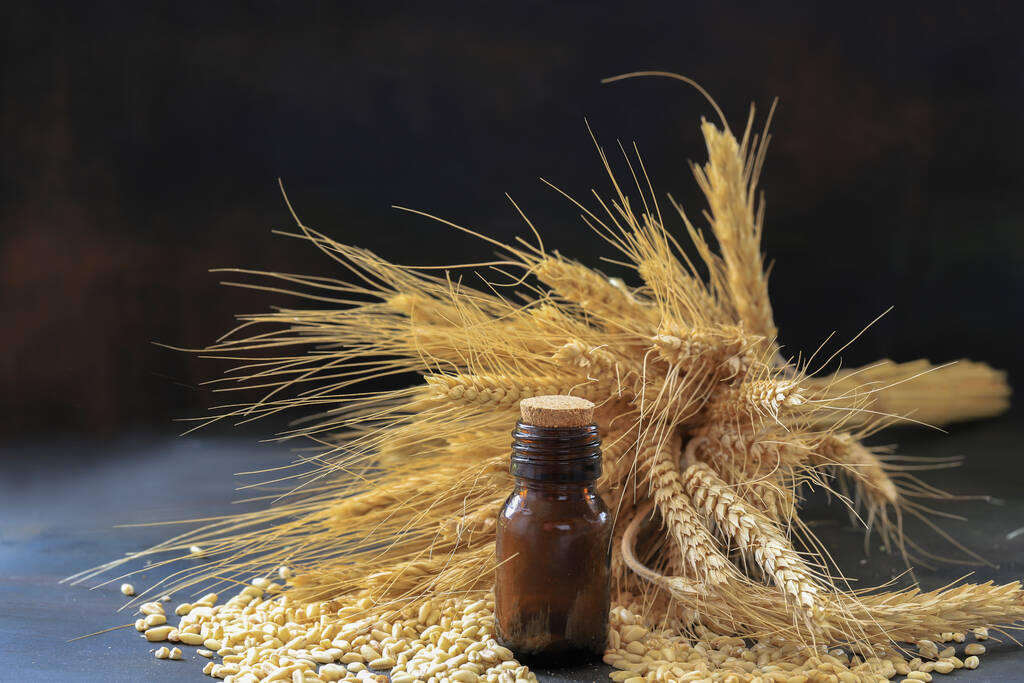
This is how you integrate wheat germ into your diet
The great thing about wheat germ is its high nutrient density. This means you don’t have to consume large amounts to reap the benefits. Since the sprouts are high in calories, adding two to three tablespoons of wheat germ to your food daily is sufficient.
You should make sure that you do not boil or bake the sprouts, as they are sensitive to heat and lose the valuable ingredients through heat. Add the sprouts raw to your morning muesli, yogurt, or smoothie. Its slightly sweet and nutty aroma also goes well with a seasonal fruit salad.
You can buy wheat germ in health food stores or drugstores, for example. Since they are won regionally, you can access them with a clear conscience.

